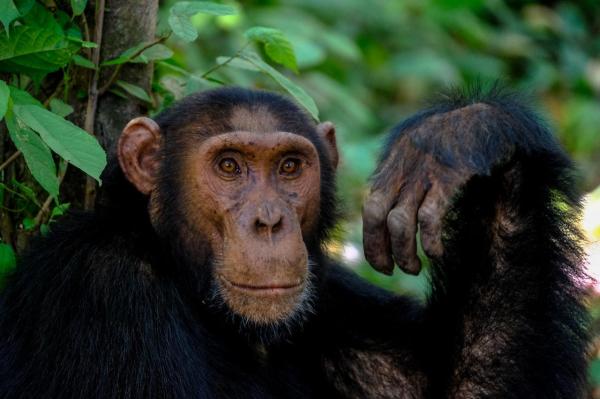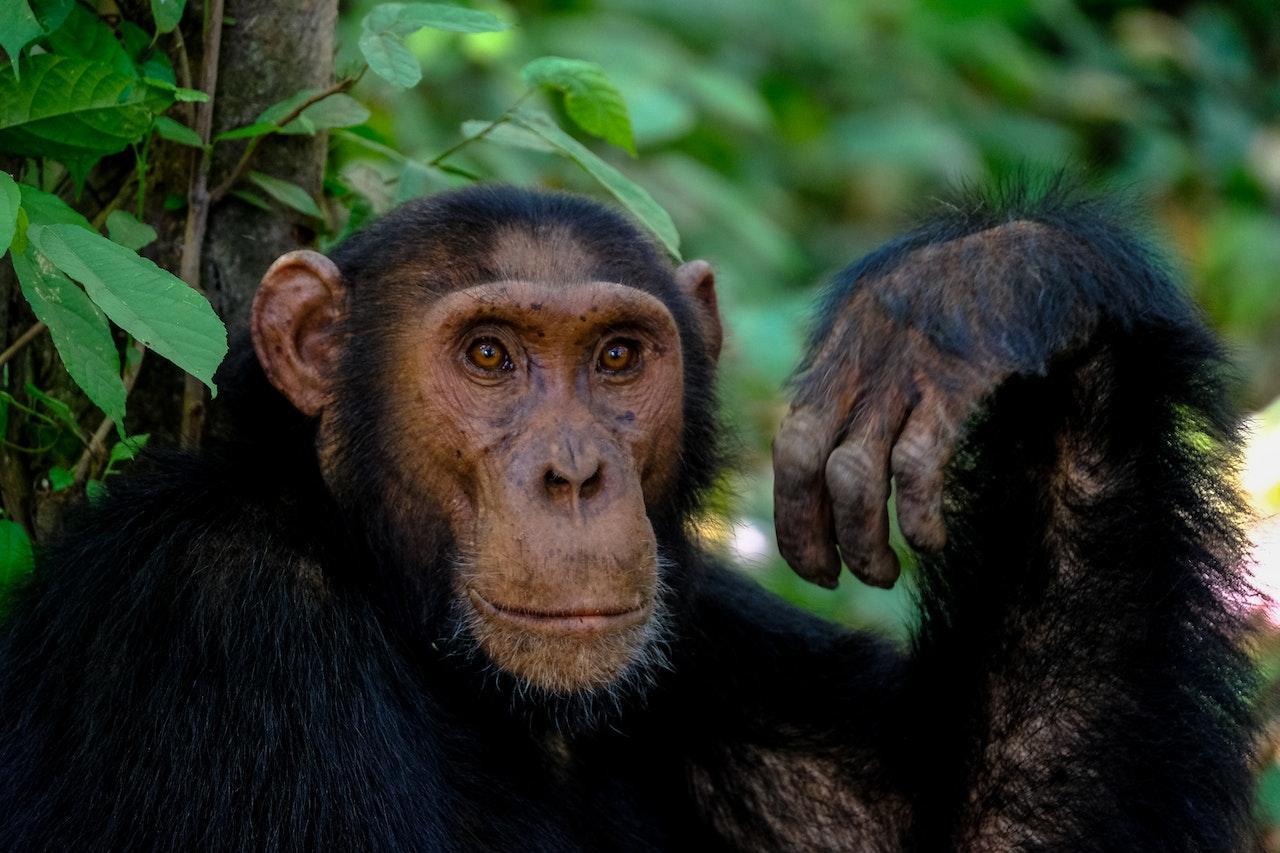What Are Primates?


Primates are a diverse group of mammals that include humans, apes, and lemurs. Due to their close genetic and behavioral similarities to humans, primates are often studied to gain insights into human evolution, behavior, and biology. Primates have played a significant role in human evolution, and studying primates is important for understanding our own behavior and biology. In addition, primates have unique and interesting social structures, communication methods, and behaviors that make them fascinating objects of study.
This article from thedailyECO explains what primates are and their different types.
What are primates?
Primates are mammals that share common ancestors. The word primates is derived from the Latin word for "first." They are characterized by a number of physical and behavioral traits, including grasping hands and feet, forward-facing eyes, and complex social behaviors.
Primates are found all over the world, with most of them living in the tropical and subtropical regions of Africa, South America, and Asia. They have adapted to a wide range of environments, including rainforests, savannas, and mountainous regions.
Primates form the taxonomic order that includes the hominid family, which includes the human species Homo sapiens. The order of primates is divided into two suborders: Strepsirrhines and Haplorhines.
Origin and evolution of primates
The origin of primates dates back to about 65 million years ago, after the extinction of the dinosaurs. Fossil evidence suggests that the first primates were small, tree-dwelling animals that lived in what is now North America. These early primates had grasping hands and feet, forward-facing eyes, and a well-developed sense of smell.
About 40 million years ago, the first true apes appeared in Africa. These early apes were small, tree-dwelling animals with prehensile tails, stereoscopic vision, and forward-facing eyes. They evolved into a variety of forms and spread throughout Africa, Asia, and South America.
About 25 million years ago, the first apes appeared in Africa. These early apes were small, arboreal animals without tails, with more complex brains and more flexible limbs than monkeys. Over time, apes evolved into a variety of forms, including the ancestors of modern apes (orangutans, gorillas, chimpanzees, and humans).
Primate evolution was influenced by a variety of factors, including climate change, competition for resources, and adaptation to new habitats. The evolution of new features such as prehensile hands, stereoscopic vision, and larger brains allowed primates to adapt to new environments and exploit new food sources, resulting in the diverse and complex group of primates that exists today.
You may be interested in this other article, where we explain what parallel evolution is.

Characteristics of primates
Primates share several physical and behavioral characteristics, including:
- Opposable thumbs: many primates, including humans, have opposable thumbs with which they can grasp and manipulate objects.
- Forward-facing eyes: primates have eyes that are located at the front of their faces, allowing them binocular vision and depth perception.
- Large brains: compared to their body size, primates have relatively large brains, which have been associated with higher intelligence, problem-solving ability, and social behavior.
- Complex social behavior: many primates, especially those that live in groups, have complex social behavior that involves communication, cooperation, and competition.
- Flexible limbs: most primates have flexible limbs that allow them to move through trees and manipulate objects.
- Nails instead of claws: primates usually have nails instead of claws, which allows them greater dexterity.
- Diurnal activity: many primates are active during the day (diurnal) and sleep at night. However, some are nocturnal or crepuscular (active at dawn and dusk).
- Parental care: primates often have long periods of parental care, with mothers and sometimes fathers providing food, shelter, and socialization for their offspring.
- Varied diet: primates have different diets depending on the species and habitat. They can be herbivores, frugivores, insectivores, or omnivores.
- Sexual dimorphism: males are larger and more dominant than the females.
- Long life expectancy: sexual maturation reaches late ages unlike other animals, but they are also longer-lived. For example, non-human hominids can live up to 45 years.
These common traits are thought to have evolved over time as primates adapted to their changing environments and social structures. Understanding these traits can provide insights into the behavior and biology of primates, including humans.
Types of primates
Primates are classified based on their physical and genetic characteristics, as well as their geographic location. The traditional classification system for primates divides them into two suborders:
- Strepsirrhines: include lemurs, lorises, and bushbabies. They are characterized by their wet noses and rely on their sense of smell.
- Haplorrhines: include tarsiers, monkeys, and apes. They are characterized by their dry noses and rely on their sense of sight.
Additionally, within these suborders, primates can be further divided into different families based on their physical and genetic characteristics, as well as their geographic location. Within the haplorhines group, we can also distinguish two other categories:
- Catarrhini: also called Old World monkeys, they have their nostrils pointed downward.
- Platyrrhines: known as New World monkeys, they have their nostrils directed to the side.
Within these suborders, primates can be further divided into families, genera, and species based on their physical and genetic characteristics. Let us take a look at some of these families:
- Galago (Galagidae): galagids live in sub-Saharan Africa. They move over the trees and are nocturnal.
- Loris: they are nocturnal and have a short tail and opposable thumbs. They are similar to Galagos, but their movements are much slower.
- Tarsiers: tarsiers have very elongated tails and finger bones, which help them cling to trees and hunt insects. Their eyes are huge, and they help them see well at night.
- Lemurs: lemurs live on the islands of Madagascar, they are quadrupeds and arboreal.
- Cheirogaleidae: they are among the smallest primates. The legs are short, the eyes are large, and they also live in Madagascar.
- Lepilemuridae: they have the ability to jump and are strict arborists. They only eat leaves and that is why they are one of the most inactive primates.
- Atelidae: they are the largest primates in the Americas. They have a prehensile tail that they use as a fifth limb and to move through the trees.
- Cebidae: they are very social and small, typical of Central and South America. Most have a prehensile tail.
- Gibbon: also called the lesser apes, they are medium in size and do not have a tail. They feed on fruits and move by a movement called brachiation, which is swinging from one tree to another using their arms. They are monogamous and are very vocal.
- Great apes: they are the largest primates. There are arboreal habits, such as orangutans, and terrestrial, such as chimpanzees or gorillas, and of course, the human being.
You may also be interested in this other article, where we explain what biological adaptation is.

If you want to read similar articles to What Are Primates?, we recommend you visit our Biology category.
Beatty, R., Beer, A., & Deeming, C. (2010). The book of nature. Great Britain: Dorling Kindersley.







